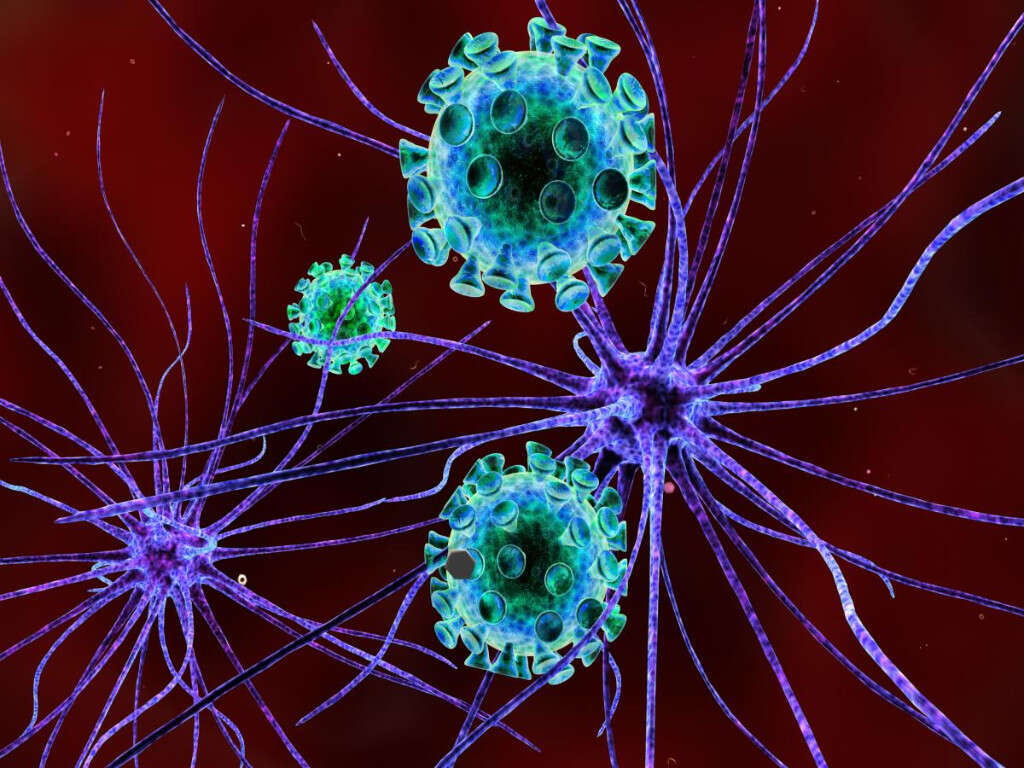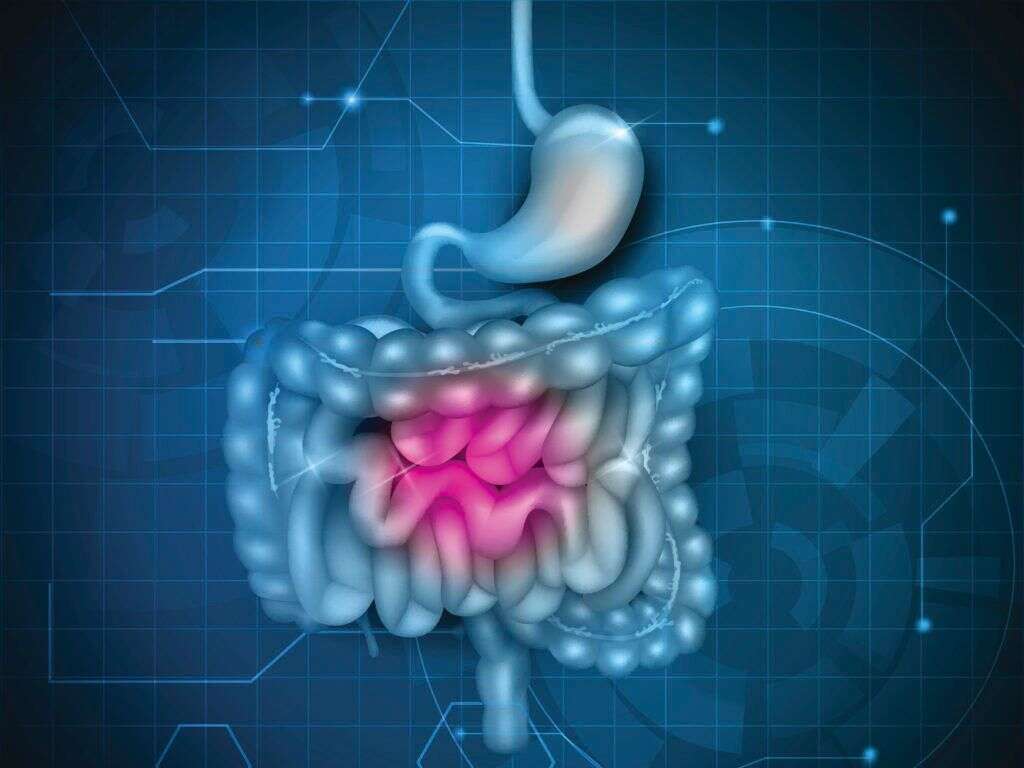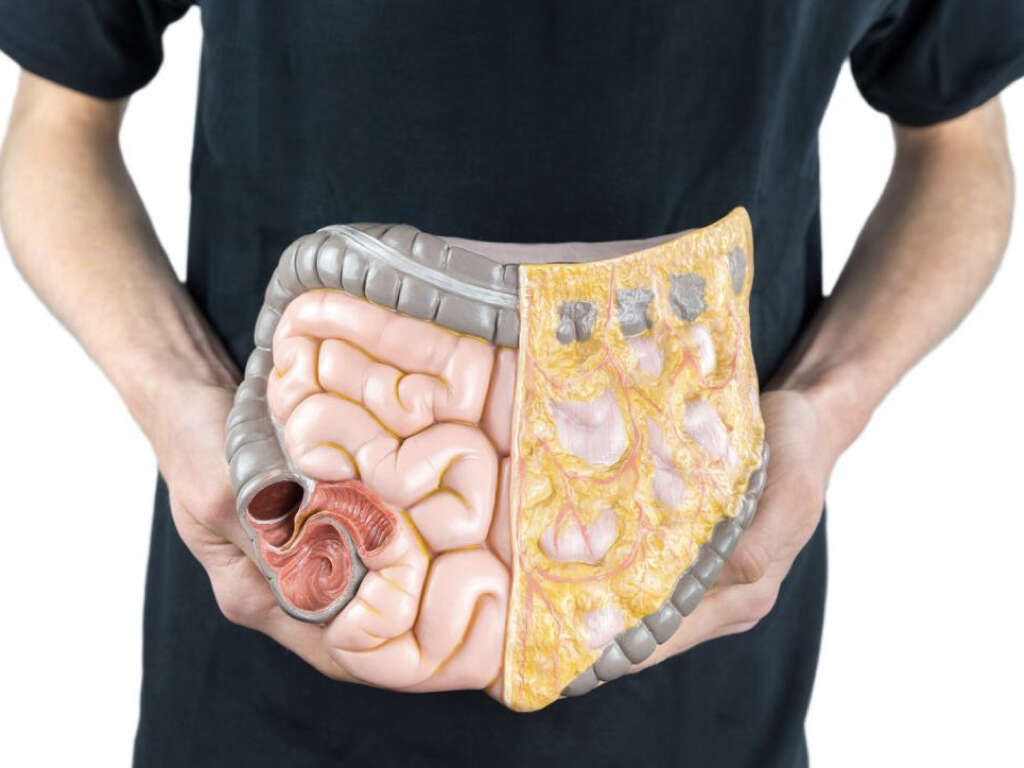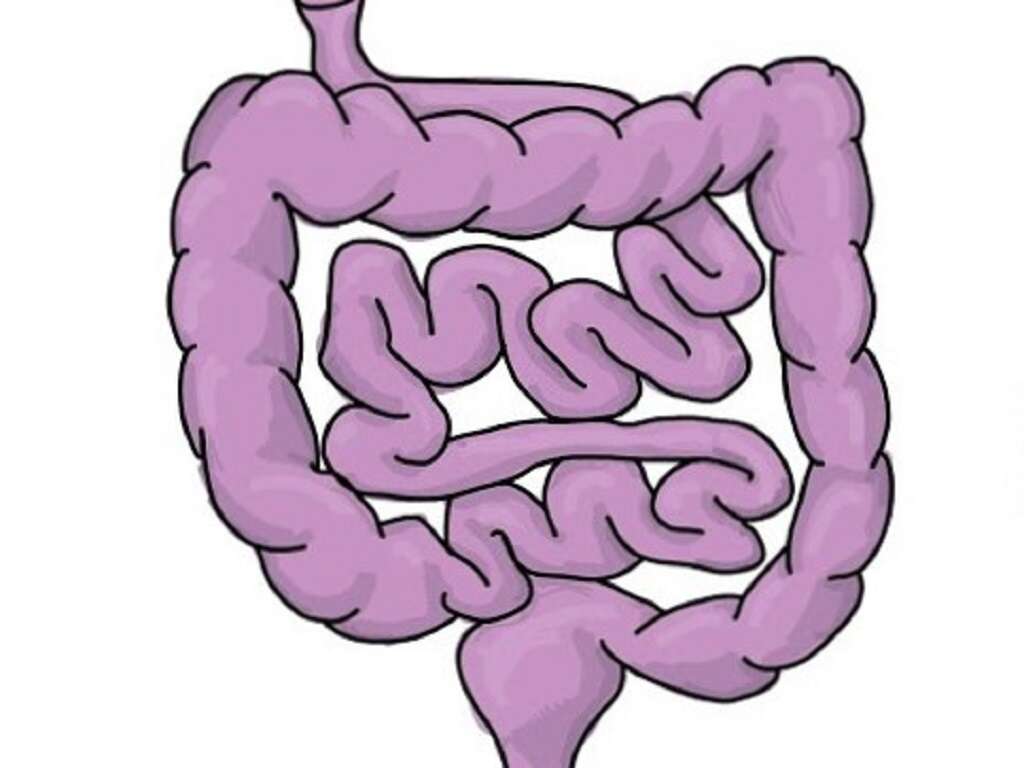10 Cholera Symptoms
Cholera is a condition caused by the bacterium Vibrio cholerae. The infection affects the small intestine and produces symptoms two hours to five days after being exposed to the bacterium. The severity of the disease depends on the type of Vibrio cholera that causes the disease. Cholera is usually transmitted by the consumption of food or water that is contaminated with infected feces. Another common source is undercooked seafood. Risk factors of cholera include drinking unclean water, poor sanitation, and poverty.
Cholera can be diagnosed through a stool test. Prevention of the disease includes improving access to clean water and better sanitation. The cholera vaccine can be given orally, and it offers protection for a duration of six months. Cholera is primarily treated using oral rehydration therapy, zinc supplementation, intravenous fluids, and antibiotics.

Symptom #1: Nausea and Vomiting
Nausea is a sensation of unease and discomfort that often includes an urge to vomit. Vomiting is the involuntary and forceful expulsion of stomach contents through the mouth and sometimes the nose.
Both nausea and vomiting are common and nonspecific symptoms that can be observed in many conditions, such as pregnancy, food poisoning, anxiety, and infections (whether viral, bacterial, or parasitic). These symptoms can cause a loss of appetite, weight loss, dehydration, and electrolyte imbalances.

Symptom #2: Muscle Cramps
Muscle cramps are painful muscular spasms in any part of the body, most commonly in the legs. Causes of muscle cramps include overuse of the muscle, muscle strain, dehydration, nerve compression, and mineral depletion. In patients with cholera, muscle cramps occur due to dehydration and electrolyte imbalances.
Those who experience vomiting and diarrhea should take an oral rehydration solution to replenish their fluids and electrolytes. Severe cases (especially in children and the elderly) should be admitted to receive intravenous fluids and further management.

Symptom #3: Diarrhea
Diarrhea is a condition where a patient has three or more episodes of loose stools per day. It is a common issue caused by the irritation and infection of the intestines by toxins, irritants, viruses, bacteria, or parasites. The infectious pathogens are often found in contaminated food or water. Diarrhea due to cholera is often described as “rice water” in nature and has a fishy odor.
The condition can last for several days, leading to electrolyte imbalances and dehydration. Most cases of diarrhea are self-limiting. However, patients with persistent diarrhea or diarrhea accompanied by a fever should see a medical professional for treatment.

Symptom #4: Bluish-Gray Skin
One characteristic of cholera is the bluish-gray discoloration of the skin due to extreme fluid loss. This is why cholera has been nicknamed the “blue death.” This bluish-gray discoloration is also known as cyanosis.
It can occur in other conditions, such as exposure to a cold environment, reduced cardiac output, and pulmonary embolism. In cholera, extreme fluid loss leads to poor circulation in the body and low oxygenation in the blood, which causes the discoloration.

Symptom #5: Lethargy
Lethargy is a feeling of tiredness, lack of energy, and fatigue. It is occasionally accompanied by apathy, decreased motivation, and depression.
Lethargy is a normal response to overworking, stress, insufficient sleep, overexertion, lack of exercise, boredom, improper nutrition, or disease. It can be alleviated through adequate sleep, rest, regular exercise, proper nutrition, and decreased stress.

Symptom #6: Kussmaul Breathing
Kussmaul breathing is a deep, labored pattern of breathing. It is a type of hyperventilation where the level of carbon dioxide in the blood is reduced as the rate and depth of respiration increases.
Kussmaul breathing is associated with several conditions, such as diabetic ketoacidosis, metabolic acidosis, and kidney failure. In cholera, Kussmaul breathing is caused by acidosis due to stool bicarbonate losses and lactic acidosis because of poor perfusion.

Symptom #7: Decreased Urine Output
The normal range of urine output in twenty-four hours is 800 to 2,000 mL a day, assuming there is normal fluid intake of approximately two liters a day.
Oliguria, or decreased urine output, is defined as less than 500 mL in twenty-four hours for an adult and less than 1,000 mL in twenty-four hours for a child. In cholera, where there is extreme fluid loss due to vomiting and severe diarrhea, severe dehydration causes the urine output to drop. Other symptoms associated with dehydration include muscle cramps, lethargy, and bluish-gray skin.

Symptom #8: Altered Consciousness
In an altered state of consciousness, an individual’s state of mind differs from the normal waking state. States of consciousness can be measured using the Glasgow coma scale, a neurological scale that aims to provide a reliable way of assessing the conscious state of an individual.
There are many reasons for altered consciousness, such as dementia, trauma, cancer, and the side effects of medications. In cholera, severe dehydration causes the poor oxygenation and electrolyte imbalances that result in an altered state of consciousness.

Symptom #9: Abdominal Cramps
Patients suffering from a cholera infection may experience abdominal cramps as an early symptom.
It is due to the increased transit through the gastrointestinal tract. This symptom can be annoying for most patients but usually goes away in a few days as the body fights the infection.

Symptom #10: Increased Heartbeat
As the disease progresses, diarrhea and vomiting will cause the patient to become dehydrated. Symptoms will vary according to the level of dehydration.
Increased thirst, dry mouth, and an increased heart rate are among the first manifestations of dehydration. Most of the complications and deaths related to cholera are due to dehydration, therefore, it is important to seek medical attention to prevent further complications.











